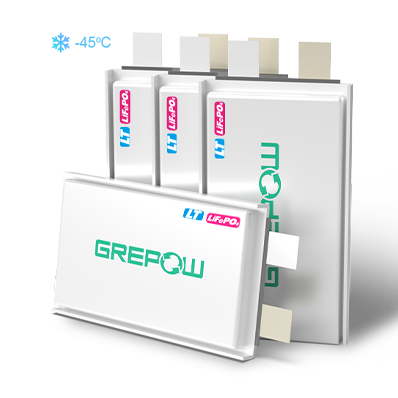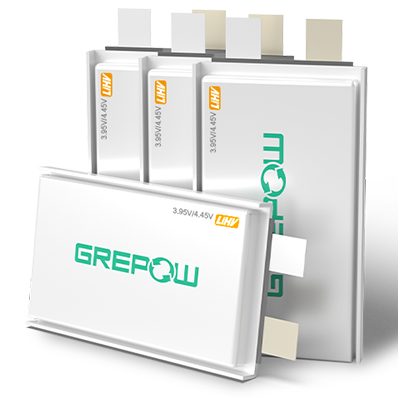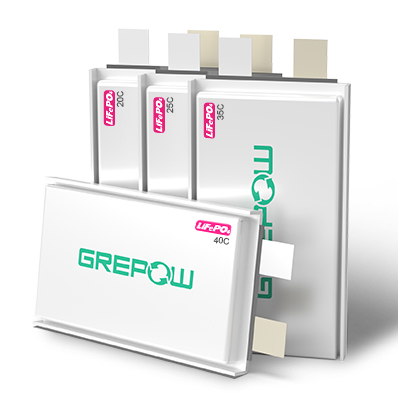China Is Dominating Lithium-Ion Battery Production
Summary: Factory workers assemble lithium-ion batteries at the China BAK Battery Inc. facility in Tianjin, China. China BAK Battery, through its China-based operations, manufactures and distributes standard and customized lithium-ion batteries for use in mobile phones and other portable electronic applications. Photographer: Keith Bedford/Bloomberg
The world is becoming increasingly electrified. Not only are developing countries increasing the availability of electricity to their populations, but the electrification of existing transportation infrastructure is proceeding at a rapid pace. By 2040, over half of the cars on the roads are projected to be powered by electricity. Batteries play a critical role in this transition, but a relatively new type of battery seems certain to dominate in both personal electronics, as well as in transportation and heavy industrial applications. In fact, that domination is well underway.
A Brief History of Batteries
Batteries have been a part of our daily lives for a long time. The world’s first true battery was invented in 1800 by the Italian physicist Alessandro Volta. The invention represented a remarkable breakthrough, but since that time there have been only a handful of significant innovations.
The first was the lead-acid battery, which was invented in 1859. This was the first rechargeable battery, and is still the most common battery used to start internal combustion engines today. There have been some innovative battery designs in the past two centuries, but it wasn’t until 1980 that a real game-changer was invented. That was when breakthroughs at the University of Oxford and Stanford University led to the development of the lithium-ion battery. Sony commercialized the first lithium-ion battery in 1991. What’s so special about lithium? In a lithium-ion battery, lithium metal migrates through the battery from one electrode to the other as a lithium-ion. Lithium is one of the lightest elements, and it has the strongest electrochemical potential of any element. This enables a lithium-based battery to pack a lot of energy storage in a small, light battery. As a result, lithium-ion batteries have become the battery of choice in many consumer electronics such as laptops and cell phones.
Lithium-ion Batteries Gain Momentum
Because of the inherent advantages in lithium-ion batteries, sales have grown exponentially since the turn of the century. This has helped drive down costs consistently. Falling costs have also helped lithium-ion batteries gain a solid foothold in new applications. According to the research organization BloombergNEF, the volume-weighted average lithium-ion battery pack price (which includes the cell and the pack) fell 85% from 2010-18, reaching an average of $176/kWh. BloombergNEF further projects that prices will fall to $94/kWh by 2024 and $62/kWh by 2030. This declining cost curve has important implications for any company that utilizes batteries in its service, or for those that have a need to store energy (e.g., power producers). To date, most lithium-ion battery sales have been in the consumer electronics sector, but future sales will be increasingly driven by electric cars. Most cars on the roads today still utilize a lead-acid battery and an internal combustion engine. But sales of electric vehicles -- powered by lithium-ion batteries -- have increased more than tenfold in the past five years. Further, more and more countries are setting future bans on cars based on internal combustion, with the expectation that electric vehicles will eventually dominate personal transportation. This, of course, means far greater future demand for batteries. So much so that electric vehicle maker Tesla, in partnership with Panasonic, is investing billions of dollars to build new lithium-ion battery factories. Nevertheless, U.S. lithium-ion battery producers are falling behind in market share. A related growth market for lithium-ion batteries is in heavy industrial applications such as lift trucks, sweepers and scrubbers, airport ground support applications, and automatic guided vehicles (AGVs). These niche applications have been historically served by lead-acid batteries and internal combustion engines, but the economics have rapidly shifted in favor of lithium-ion batteries. However, one country has seized the momentum and established a commanding market lead over its competitors in this space. But it’s not the U.S., where much of the critical research and development that created the lithium-ion battery took place.
China in the Driver’s Seat
According to an analysis by BloombergNEF, in early 2019 there were 316 gigawatt-hours (GWh) of global lithium cell manufacturing capacity. China is home to 73% of this capacity, followed by the U.S., far behind in second place with 12% of global capacity. Global capacity is projected to grow robustly by 2025, when BloombergNEF forecasts 1,211 GWh of global capacity. Capacity in the U.S. is projected to grow, but slower than global capacity. Thus, the U.S. share of global lithium cell manufacturing is projected to shrink. Tesla is trying to address this problem by building its own battery factories, but for companies that supply a wide range of these types of batteries, such as California-based OneCharge, finding local suppliers has proven to be challenging. I recently spoke with OneCharge CEO Alex Pisarev, who highlighted the challenges his company has faced: "American manufacturers would be happy to use U.S.-made lithium-ion cells," Pisarev told me, "but this is not realistic today. So we have to continue importing them from China." China is taking the same path that it did previously with solar panels. While solar cells were invented by American engineer Russell Ohl, today China dominates the global solar panel market. Now China is focused on controlling the world’s production of lithium-ion batteries. Is it preferable to have the cheapest possible green technologies, even if that means surrendering manufacture to other countries? Low solar panel prices have helped drive an explosion of new solar PV growth, and that has in turn supported many U.S. jobs. But the bulk of those panels are made in China. The Trump Administration has attempted to address this by placing tariffs on imported solar panels, but these tariffs have been vigorously opposed by most of the U.S. solar industry. China has a major advantage of cheap labor, which has allowed it to dominate many manufacturing industries. But China also has more lithium reserves and much greater lithium production than the U.S. In 2018, Chinese lithium production was 8,000 metric tons, third among all countries, and nearly ten times U.S. lithium production. Chinese lithium reserves in 2018 were one million metric tons, nearly 30 times U.S. levels.
The Path Forward
The trends signal that lithium-ion batteries will increasingly displace lead-acid batteries in the transportation and heavy equipment sectors. This is a critical development in a world grappling with record carbon dioxide emissions. But with such an advantage in both manufacturing costs and raw material availability, can the U.S. compete with China in the world market? If not, as growing numbers of lithium-ion batteries reach the end of their usable life, can the U.S. develop a competitive market for recycled lithium? These are important questions that need to be addressed. The article is forwarded from Forbes, Why China Is Dominating Lithium-Ion Battery Production by Robert Rapier
Learn more about batteries
Keep an eye out on Grepow’s official blog, where we regularly update industry-related articles to keep you up-to-date on the battery industry.
Grepow website: https://www.grepow.com/
Grepow Blog: https://www.grepow.com/blog.html
Related Articles
-
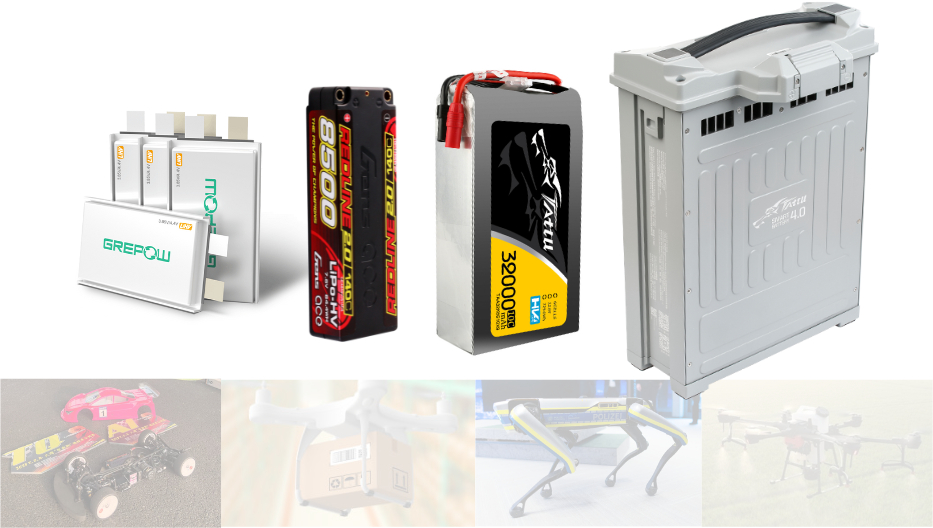
High Voltage Batteries: Basics & Applications Guide
2025-02-28 -
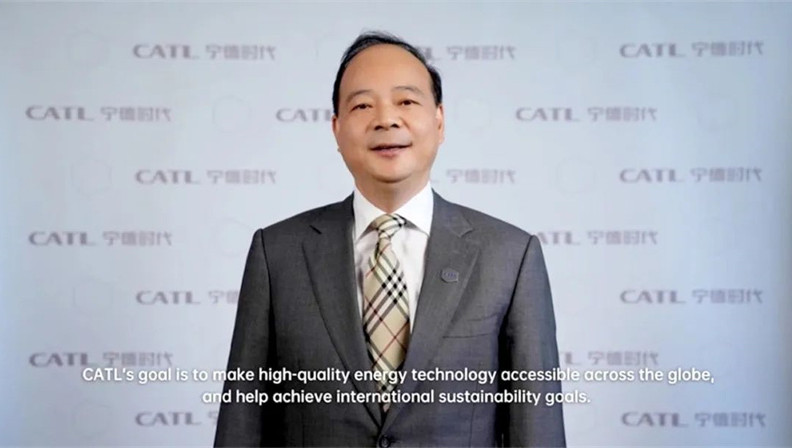
CATL Chairman Yuqun Zeng Awarded Nobel Prize for Sustainable Development Contributions
2023-11-10 -
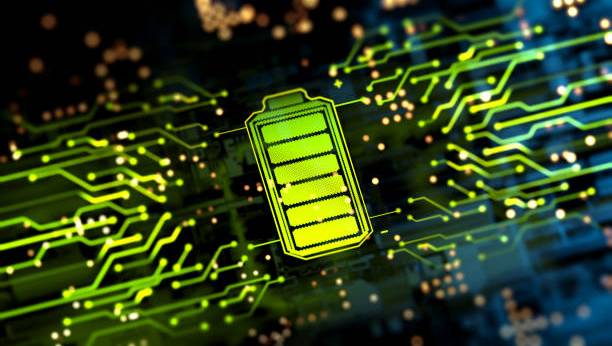
Resistance and Conductivity in Electric Batteries: A Simplified Explanation
2022-12-28















































